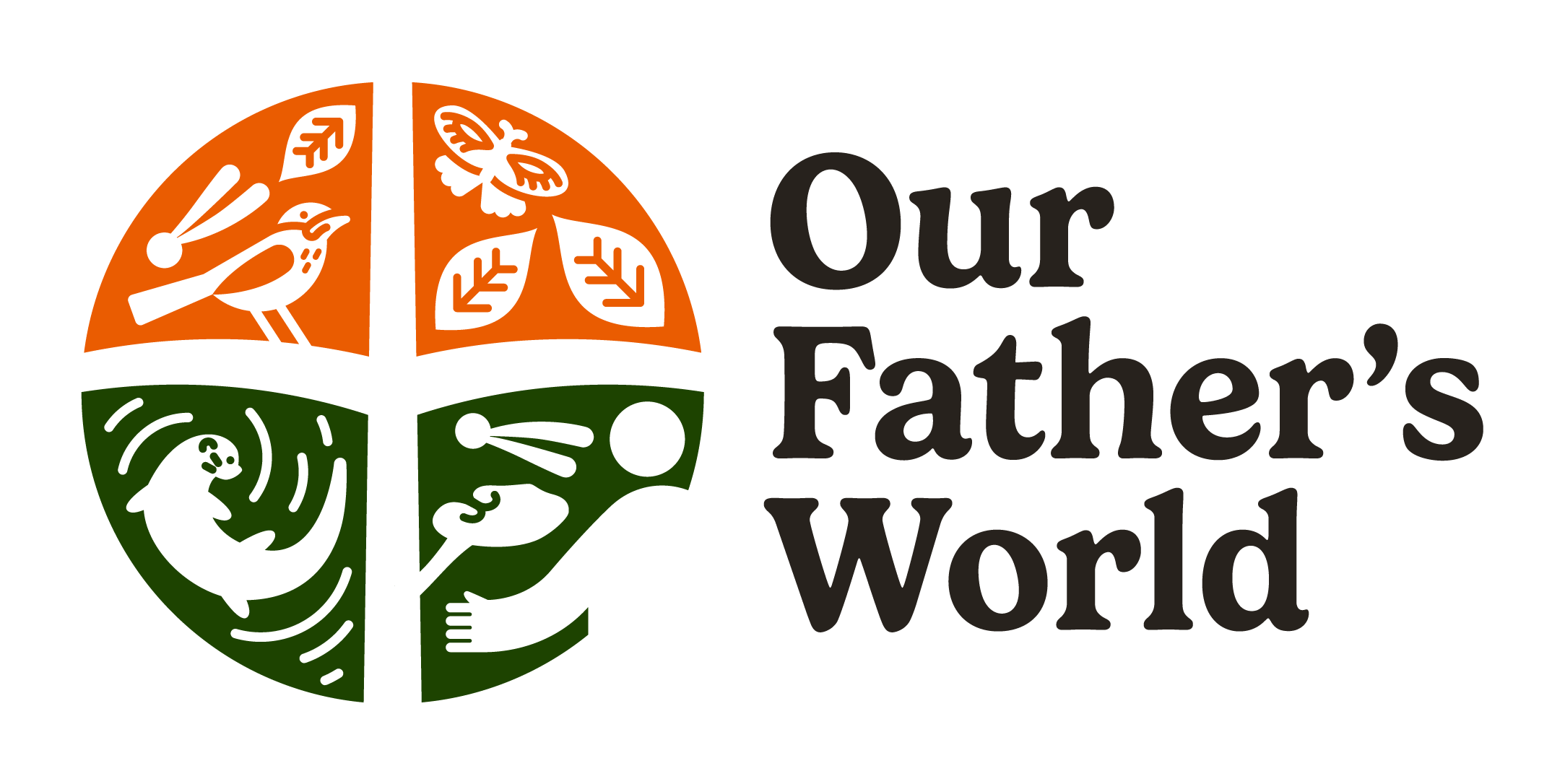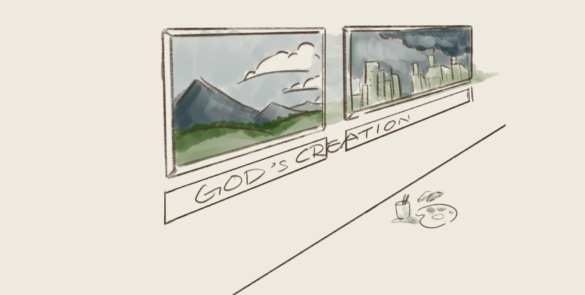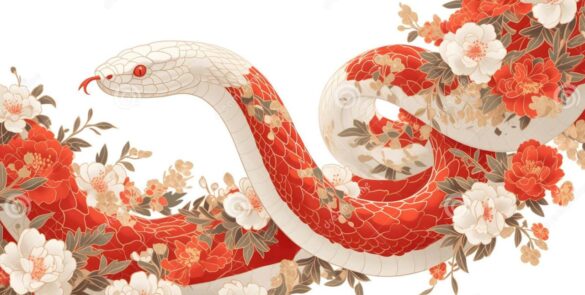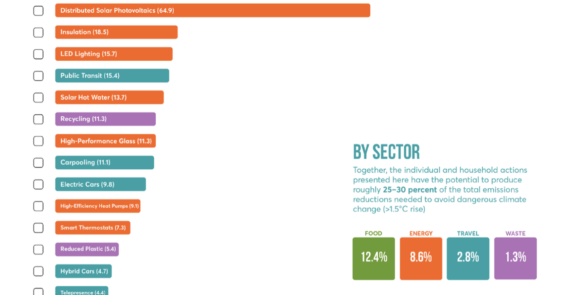Snakes: Friend or Foe?
Louisa Gavriella Ho
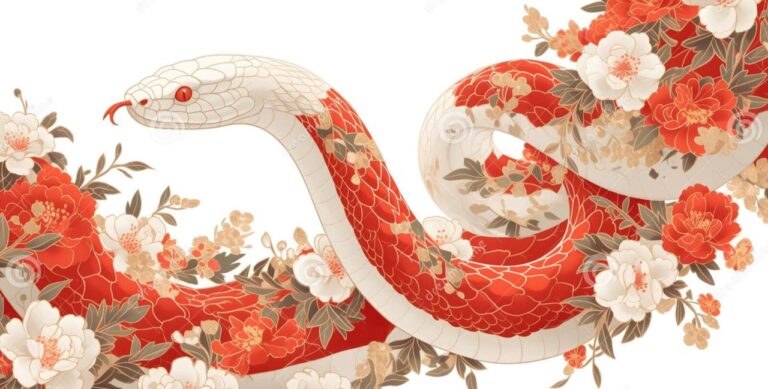
Festive preparations are underway as ethnic Chinese in Singapore transition from the outgoing year of the Dragon to the incoming Snake year. Despite the two creature’s physical similarities, little fanfare is being showered upon the Snake this year.
Coming after the Dragon in the zodiac line-up is akin to being compared to an overachieving sibling — the Snake seems to pale in comparison, in the shadow of the high and mighty mythical creature. This probably explains why the Chinese seem indifferent whenever the Snake marks its arrival in the lunar calendar.
For many, Mention the word ‘Snake’, and many immediately conjure impressions of evil, fear, deceit, and manipulation in their minds. It doesn’t help that the slithering creature fails to obtain favourable press from Christian literature right from the get go. Naturally, the metaphor is a go-to for sharp rebukes, reserved for villainous people incapable of shedding their layers of deceit.
“You snake! You hide your true intentions beneath a facade of charm, only to strike when we least expect it. Your words are poison — venomous lies that corrode trust, leaving nothing but ruin in the wake. Stop coiling your schemes around people’s trust, you fork-tongued deceiver!”
Before you recoil in horror and wonder why God creates a seemingly sinister animal even when declaring His creation to be good (Gen 1:31), let us delve deeper into the role of the Snake, as thoughtfully envisaged by our Creator in the first part of our series.
Snake-nificance in the Ecosystem
You might be familiar with this Circle of Life quote from the Lion King movie, where Mufasa attempts to teach his son Simba the great lesson of interconnectedness of life and nature.
“Everything you see exists together in a delicate balance. As king, you need to understand that balance, and respect all the creatures — from the crawling ant to the leaping antelope. When we die, our bodies become the grass, and the antelope eats the grass. And so we are all connected in the great Circle of Life.”
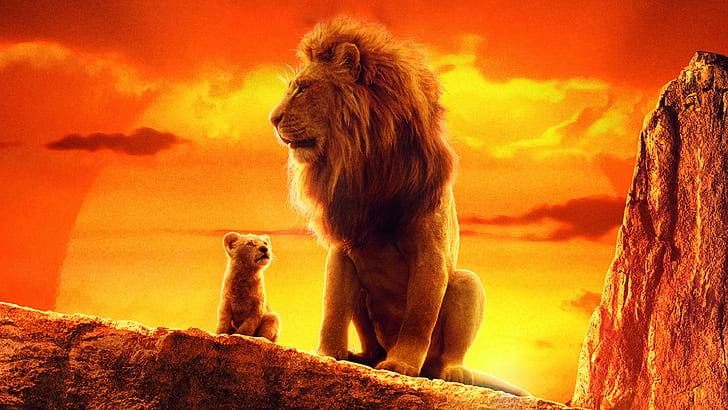
The Snake has its own unique place in God’s Circle of Life, and an assigned purpose in the animal kingdom.
Being a mesopredator where the Snake is both a predator and a prey, it serves as a check and balance to the food chain and ecosystem. By preying on pests such as rodents and insects, it regulates the population of such creatures which can wreak havoc in society: by disease, by contaminating food, even destroying produce. The Snake is thus a security guard for our food, also acting as nature’s shield from viral outbreaks.
The Snake is also an important food source for other predators along the food chain. Believe it or not, the Snake does get its ‘comeuppance’ from its slithery peers – being devoured by larger players, such as the King Cobra – and other apex predators like eagles.
Snakes have another purpose in creation; it aids nature in secondary seed dispersal.
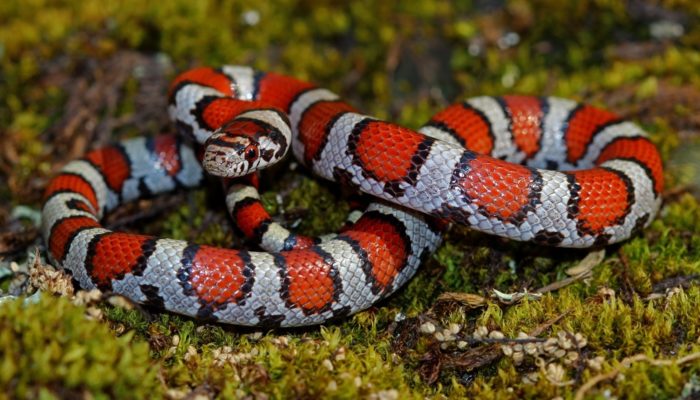
Considering how rodents often constitute snakes’ happy meal, hardy seed grains, a staple in rodent’s diets, are dispelled out via excrement — away from parent plants. Moreover, the excrement enveloping the seeds accelerates the process of germination.
So, as much as humanity likes to paint the fanged species in a negative light, we often forget how snakes are essential creatures for ecosystems, sustaining life even in the long run.
Every being has its place in the Lord’s created order, and people need to acknowledge their human biases. This case for the snake exposes human’s partiality to certain creatures while disfavouring others; instead, we must acknowledge that God seeks to redeem all, regardless of their place in the biosphere.
Snake-nificance of Emblems
Interestingly, the Snake is universally used as an emblem of health, medicine and healing. For instance, the logo of the World Health Organisation is a snake coiled on a pole. While the caduceus references Greek mythology, we also see such imagery in the Bible. You may recall that God sent snakes to Israelite camps during their 40 years in in the wilderness. Moses was later commanded to create a bronze serpent as a healing instrument, easing their pain and discomfort as the Children of Israel fixed their gaze on it.
“Then the Lord sent poisonous snakes among the people, and they bit them so that many Israelites died.” (Numbers 21:6)
“Then the Lord said to Moses, ‘Make a snake image and mount it on a pole. When anyone who is bitten looks at it, he will recover.’ So Moses made a bronze snake and mounted it on a pole. Whenever someone was bitten, and he looked at the bronze snake, he recovered.’” (Numbers 21:8-9)
“Just as Moses lifted up the snake in the wilderness, so the Son of Man must be lifted up, so that everyone who believes in Him will have eternal life.” (John 3:14-15)
The snake was God’s chosen weapon in meting out judgement to the Israelites, and simultaneously His symbolic instrument used to dispense mercy and reconcile His people back to Him. The emblem of the bronze serpent is later used to symbolise Jesus’s sacrifice on the cross for mankind.
Even as you consider our relationship with snakes in this day and age, modern biotechnology draws fascinating parallels to God’s grand narrative, specifically His redemptive purpose for creation.
Today, whenever we come face-to-face with snakes, a fear in our minds almost always relates to their bites. Fortunately, modern science has enabled the purification of antibodies to create anti-venoms: remedies to the dreaded bites. Donor animals with robust immune systems, particularly sheep, are immunised with snake venom. This produces powerful antibodies which bind to snake venom components, enabling our own immune defences to eliminate these toxins.
It is fascinating how this healing concoction contains both the blood of the lamb and the venom of the serpent – reflecting Jesus contending with humanity’s sinful nature to bring about the redemption of all creation. Indeed, we can find God’s blueprint in the most unexpected places!
Learn more at our Conference!
As stewards made in the King’s image and tasked to exercise godly dominion over creation, we must recognise and understand the invisible, delicate web of balance, and respect all creatures.
The interconnectedness of creation is something that Our Father’s World will probe deeper this year, through our planned programmes for the upcoming Creation Care Conference taking place on 12-13 September 2025.
The early bird catches the worm: swiftly book your ticket now and enjoy 25% off!
To Choose Life: What it means to cultivate creation
To Choose Life: What it means to cultivate creation Dennis Tan The bus I’m in trundles along the expressway, holding within its cramped confines office workers on their way to work. As an urbanite, I seem to always find myself…
Snakes: Friends or Foe?
Snakes: Friend or Foe? Louisa Gavriella Ho Festive preparations are underway as ethnic Chinese in Singapore transition from the outgoing year of the Dragon to the incoming Snake year. Despite the two creature’s physical similarities, little fanfare is being showered…
Choose Foods that Fuel Your Faith, Health, Finances and Care for Creation
Choose Foods that Fuel Your Faith, Health, Finances and Care for Creation Richard Hartung Delicious meals and great food with family or friends are essential pieces of our lives. In Singapore, food is even part of our national identity. Yet…
